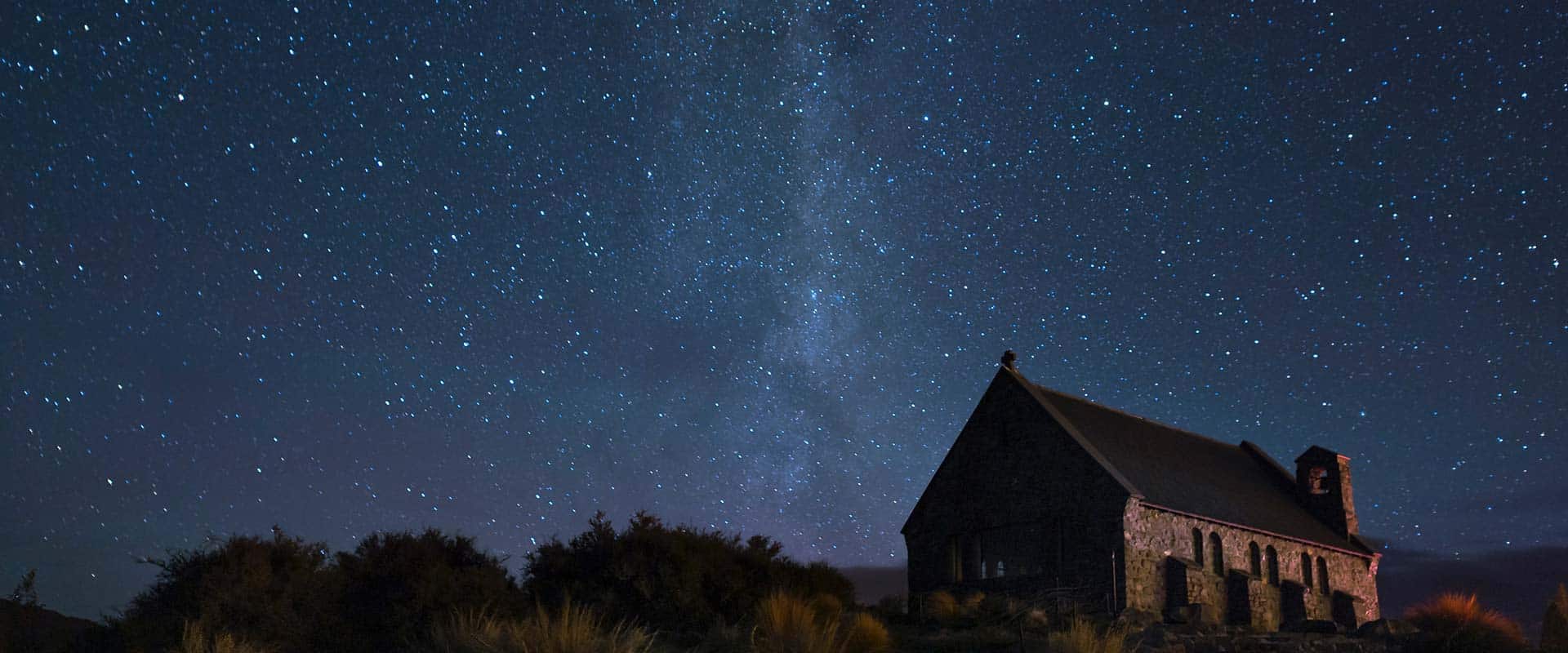He Haerenga Mōrearea – A Hazardous Journey
Mātauranga Māori and mātuaranga-a-iwi are unique to Aotearoa. They have guided a general understanding of our land and provided more specific insights into volcanism that parallel many of the of the problems that scientific research is trying to solve today. Rūaumoko and expressions of Rūaumoko on the surface of Te Ika-a-Maui have shaped our cultural and physical landscape. This constant activity and changing surface have contributed to the development of new knowledge and mātuaranga since Māori first settled Aotearoa. The related mātuaranga recognises the source of magma deep inside the earth, its connection to the wider Pacific and the Pacific Ring of fire, and connecting Aotearoa to areas of volcanism in Rangitāhua and further afield to Hawaiki.
Our whenua has been shaped by volcanoes that have power to influence the development of iwi and hapu and are seen as entities with specific personalities. The eruptions that have occurred over the last 1000 yrs have guided our waka, provided navigational markers in the sky, and created new fertile land for settlement. In recent times the tohu and environmental changes that have occurred in our landscape were listened to and applied to provide forecasts of potential destructive activity.
During the 20th Century, several eruptions from Ruapehu drove iwi, such as Ngāti Rangi and Ngāti Hikairo to participate in emergency management and decision-making roles to keep communities safe. A new form tangata tiaki has emerged to create new processes of disaster risk reduction based on mātuaranga-a-iwi to ensure that iwi maintains an equitable role in decision making and encourages our young to solve problems using mātuaranga Māori, science, and technology.
Webinar Speakers
Jonathan Procter
Professor of Natural Hazards; Massey University
Jon has contributed to developing research that focuses on volcanic hazard simulation and working with communities to increase resilience to natural and environmental hazards. Jon manages the Volcanic Risk Solutions (VRS) research group and has contributed nationally to developing new research directions in volcanology. He currently co-leads the Resilience to Nature’s Challenge’s Volcano research program and is active in finding new solutions to mitigate the hazards posed by our volcanoes. Being one of only a handful of Māori professional scientists, Jon feels he has a duty to contribute to Māori development. His greatest contribution in this respect has been the development of a new area of research on mātauranga Māori, volcanic hazards and building resilience in Māori communities.
